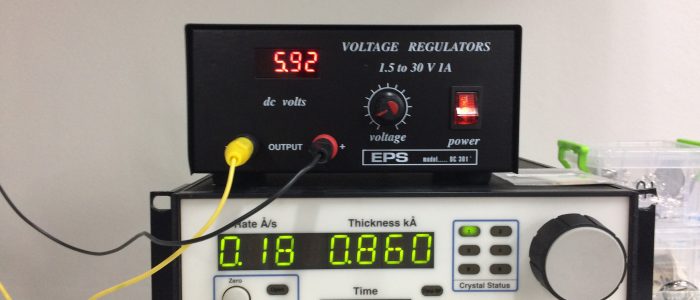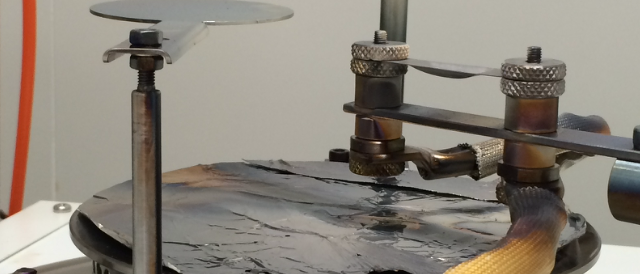The main area of Dr. Supasai’s research is fabrication and characterization on “nanostructured materials”. Dr. Supasai’s group designs materials and structures utilized in applications of optoelectronics and solar cells. A huge effort of Dr. Supasai’s research focuses on photovoltaic technologies, included organic based (OPV) and hybrid based solar cells in particular of a new coming perovskite solar cell technology. Layers of inorganic materials, i.e. TiO2, ZnO, MoO3 etc., where the focus is to synthesize those via environmentally green chemical processes and to utilize them for the next generation of solar cell applications are currently focused on. Additionally, thin film research is mostly focused on the synthesis of those wide band gap materials via ion layer reaction (ILGAR), DC-RF sputtering, and resistive thermal evaporation and study of the structural, optical, and photo-induced charge generation and separation behaviors of the fabricated layers.
Perovskites: Is it going to be a next PV revolution?
A breakthrough in a photovoltaic device development occurs in the area of organic-inorganic perovskite (ABX3, where A is the organic component, B is a metal cation and X are halides), served as an active layer in the device with the certified power conversion efficiency (PCE) up to 22%.
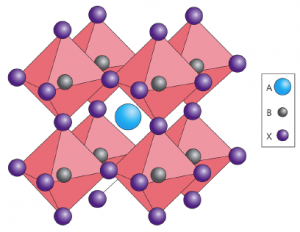
Image Credit: Martin Green et al / Nature Photonics
Photographs of CH3NH3PbI3 perovskite films after post treatments: (left) no post treatment; (middle) with solvent treatment; (right) with vacuum treatment.
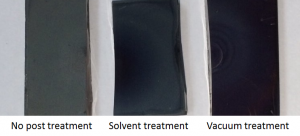
AFM images of CH3NH3PbI3 layers: with fast crystallization (a), with slow crystallization (b). Perovskite growth and crystallization studied by a surface photovoltage (SPV) technique: spectra of photovoltage (PV) amplitude (c); modulated SPV spectra of in-phase and phase-shifted by 90o signal measured on the layers of CH3NH3PbI3 (d).
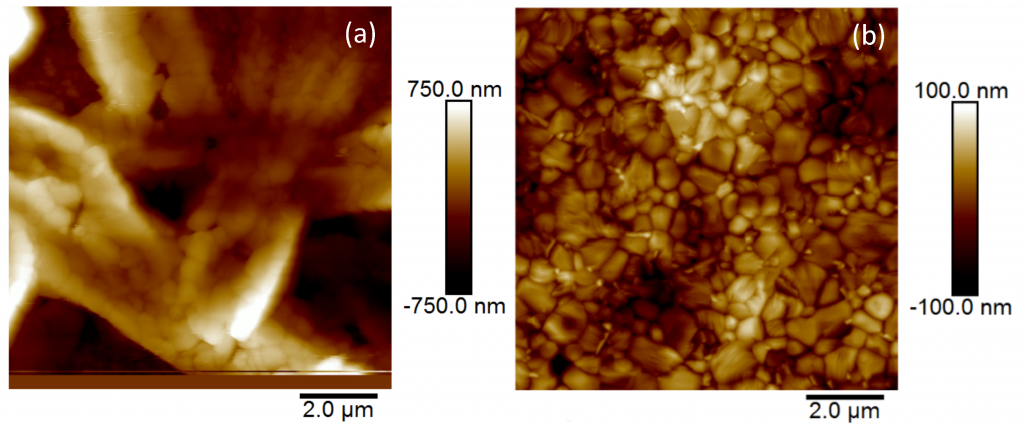
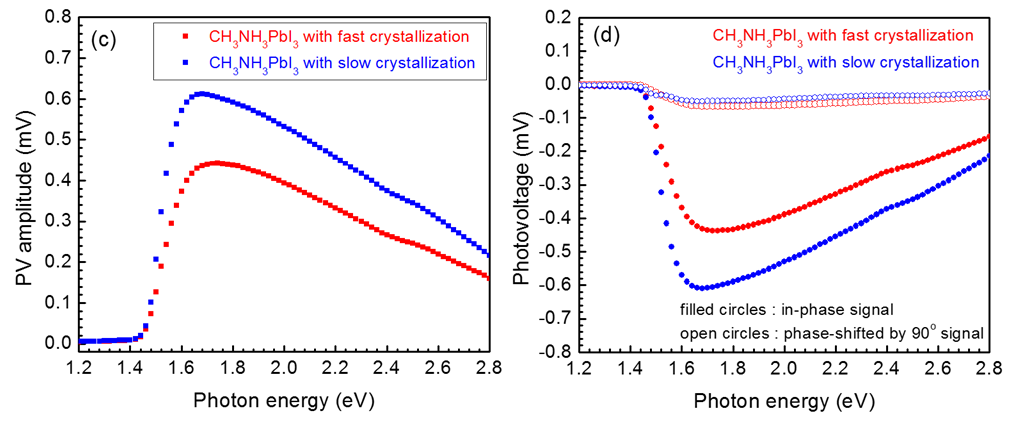
Image Credit: Nakorn Henjongchom
